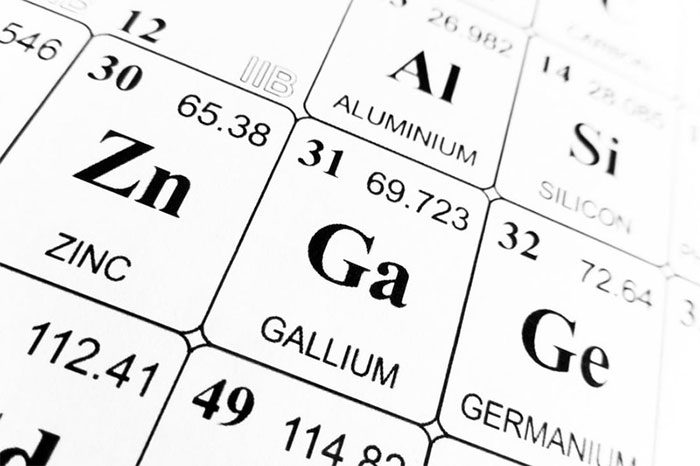In a move to escalate the technology trade war with the United States and Europe, China has announced it will control the export of two lesser-known yet crucial metals: gallium and germanium.
According to Bloomberg, starting August 1, China will impose export restrictions on both metals as well as their chemical compounds. The aim is to protect China’s national security. Specifically, exporters will need to apply for permits from the Chinese Ministry of Commerce if they wish to initiate or continue exporting these metals abroad. They will also have to provide detailed reports regarding the foreign buyers and their intended use of the metals.
China’s tightening export measures come after the U.S. blacklisted Chinese companies, limiting their access to American technologies, including advanced chip lines. China argues that the U.S. action is intended to maintain an advantage in the industry while also taking steps to enhance its self-sufficiency in the semiconductor field.

These metals typically do not occur in isolation in nature.
The U.S. has also tightened export restrictions on semiconductors in recent weeks and is urging allied nations to do the same. Starting in September, the Netherlands will impose restrictions on the export of technologies used for manufacturing electronic chips.
Both gallium and germanium have a silvery-white appearance and are typically categorized as minor metals. These metals do not usually occur in isolation in nature. Instead, they are produced in small concentrations as by-products.
The markets for these two metals are relatively small compared to other commodities like copper or oil. The value of gallium and gallium arsenide that the U.S. imported in 2022 was only about $225 million. However, their use in strategic industries means that China’s restrictions could still have widespread impacts.
These two metals have numerous applications in chip manufacturing, communication devices, and defense.
- Gallium is used in hybrid semiconductors, combining various elements to enhance transmission speed and efficiency, found in TVs and mobile phone screens, solar panels, and radar systems.
- Germanium is used in fiber optics, night vision goggles, and space exploration. Most satellites are powered by solar panels that contain germanium components.
According to a study by the European Union on critical raw materials this year, China is the primary supplier of both metals, accounting for 94% of gallium supply and 83% of germanium supply.
Although both metals can be substituted, the alternatives may be more costly and could hinder technology performance.
In reality, neither metal is particularly rare, but processing costs can be high. Since China has exported these metals at relatively low prices for a long time, there are very few facilities elsewhere that produce them. As China increases its output, other countries like Germany and Kazakhstan have reduced theirs.
However, if China’s actions drive up the prices of these metals, analysts predict that output from other suppliers will increase to meet demand.
Recycling may also play a significant role. Scrap from construction sites has accounted for some supply of these metals, while germanium scrap is also sourced from windows in decommissioned tanks and other military vehicles.
Outside of China, other countries capable of producing gallium include Russia and Ukraine, where it is produced as a by-product of aluminum oxide. South Korea and Japan also produce gallium as a by-product of zinc.
In North America, germanium is extracted along with zinc, lead, and other metals at Teck Resources’ Trail smelter in British Columbia.
Manufacturers of these two metals include specialty materials producers 5N Plus and Indium Corporation in the U.S. In Europe, Belgium’s Umicore SA is a producer of both metals.
Some mining projects contain higher metal concentrations and may provide opportunities to increase supply, such as the Kipushi zinc project, scheduled to start next year in the Democratic Republic of Congo.





















































